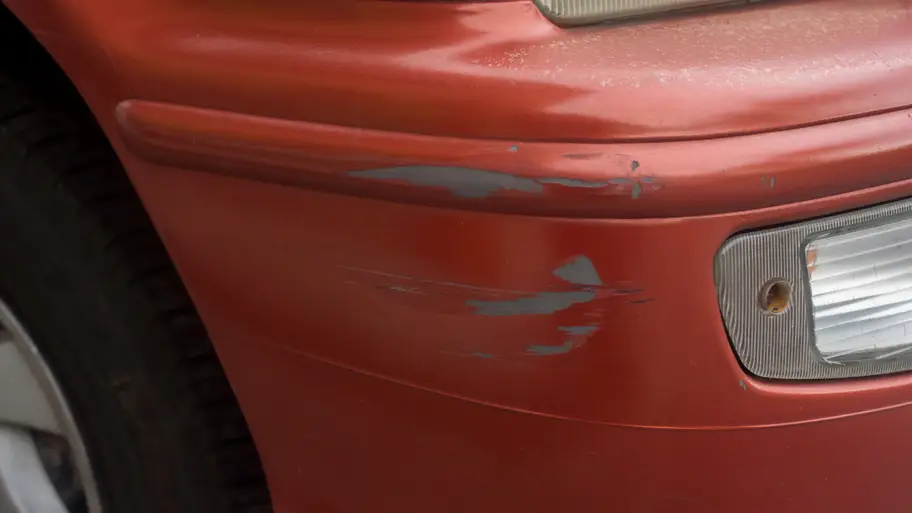Getting involved in a car accident can be frightening and stressful. However, it can be even worse if you’re involved in a hit-and-run, where the other driver attempts to avoid responsibility. Knowing what to do in the aftermath of a hit-and-run in Kentucky could help you feel more confident on the road. Here, Bankrate explores hit-and-run laws and insurance procedures to help you prepare.
Hit-and-runs in Kentucky
A hit-and run occurs when someone involved in a motor vehicle accident leaves the scene. Typically, this happens when a driver causes an accident and wants to escape without being held liable. Nearly 14% of drivers in Kentucky are uninsured. Because driving without insurance in Kentucky is illegal, an uninsured driver may be even more motivated to flee.
Kentucky hit-and-run laws
According to Kentucky law, if a driver is involved in any motor vehicle accident causing property damage, injury or death, they must stop, evaluate the situation and render assistance to the other involved parties. If you cause property damage but no other driver is involved — like hitting a parked car in a parking lot — leaving a note with your name, address, vehicle registration and insurance information will usually suffice as taking responsibility.
But if you leave the scene of the accident, you may be charged with fines, have points put on your license and face an increase in insurance premiums. You could even lose your license or face criminal charges that result in jail time.
How hit-and-runs impact car insurance rates in Kentucky
If you are the victim of a hit-and-run in Kentucky, the incident typically won’t be surchargeable on your insurance policy. However, circumstances may vary by provider and state. But even if you were to experience an increase in your premium, it would likely be much less than if you were at fault.
When you are found at fault for any accident, you will likely see an increase in your insurance rates. If you are later caught after having fled the scene, you’re likely to get a motor vehicle violation for leaving, as well. Since there would be two incidents on record instead of one, the premium increase you might face would typically be much higher than if you stayed at the scene of the accident.
The average annual cost of car insurance in Kentucky for drivers with clean records is $2,124 for full coverage and $678 for minimum coverage. These rates are slightly higher than the national averages of $2,014 and $622, respectively. A standard at-fault accident could add around $1,000 to your annual premium — and a hit-and-run could inflate your rates even further.
4 things to do after a hit-and-run in Kentucky
Knowing what to do after a hit-and-run in Kentucky can prepare you in the event you are ever the victim of such an accident. Experts recommend that you make sure everyone is okay, get help for anyone injured and, if possible, try to make observations that will help the police department locate the driver who caused the hit-and-run.
Consider the following steps:
- Stop and evaluate yourself and others for injuries. Determine if anyone is injured, and if so, immediately call for emergency services. You may feel fine at first, but seeking a professional medical opinion may be a good idea.
- Try to observe the vehicle that caused the accident as they are leaving the scene. Note any identifying factors such as the license plate number, vehicle type, driver description or even bumper stickers or specific marks on the vehicle. Writing this information down might be helpful.
- Report the accident. As soon as you have evaluated the situation, call the police to the scene. Not only will a law enforcement officer create an official police report, which could be helpful for an insurance claim, but they may also be able to help locate the at-fault party.
- Collect your own evidence. The scene of an accident can be chaotic. Although it is not always possible, it can be helpful if you collect your own evidence — so long as you do not interfere with the official police investigation. Take photos of your vehicle’s damage and the surrounding area, gather contact information for any witnesses and take note if any public locations in the vicinity may have a video recording of the accident.
Will insurance cover a hit-and-run?
If you are involved in an accident, your car insurance may protect you financially by covering some of the damages. However, this ultimately depends on the state you live in, the laws that are in place and the coverages on your policy. Kentucky is a no-fault state, which means that each driver is required to be offered a minimum amount of personal injury protection (PIP) coverage, which helps pay for your own injuries regardless of which driver caused the collision.




